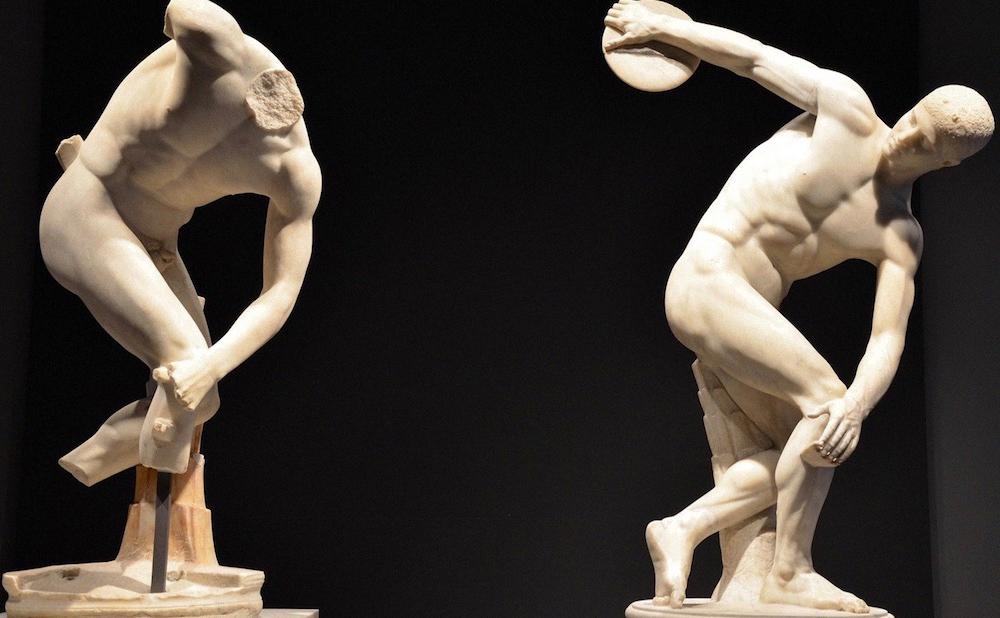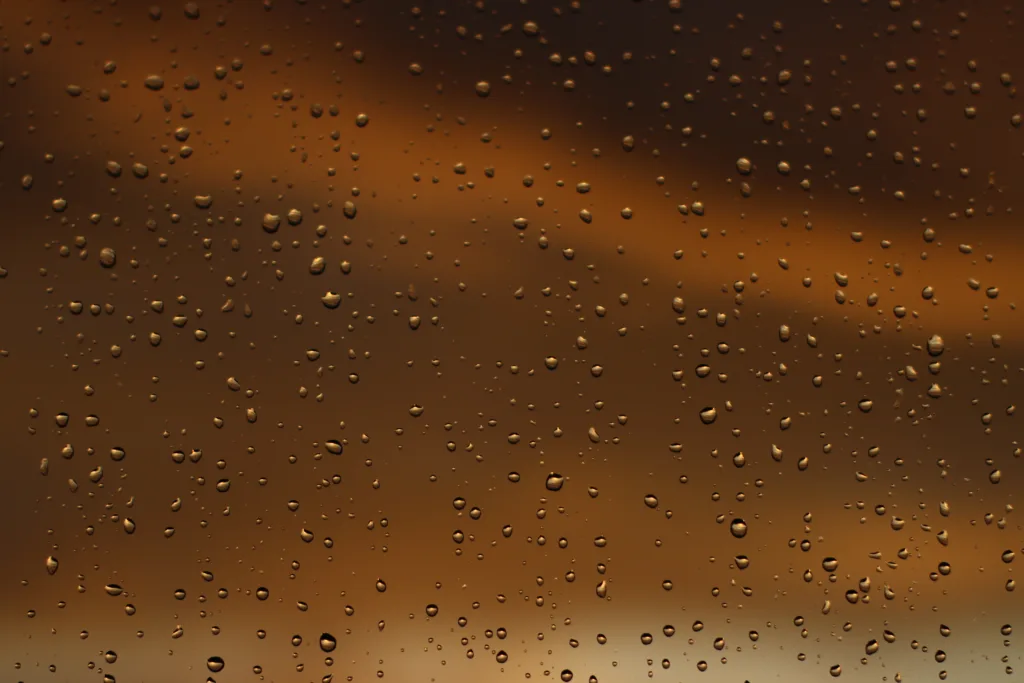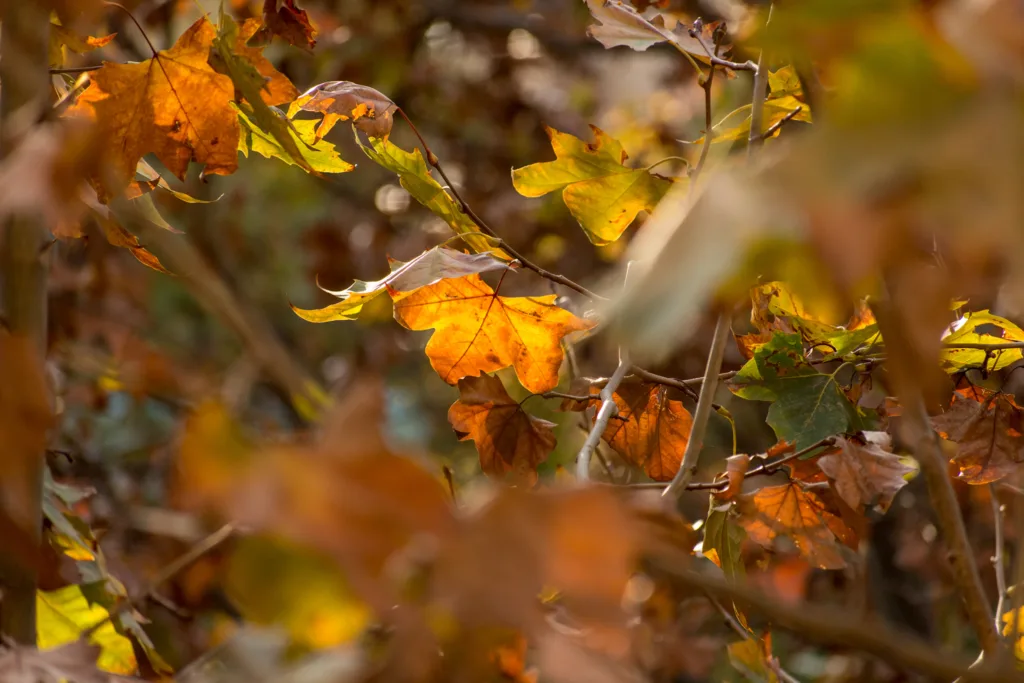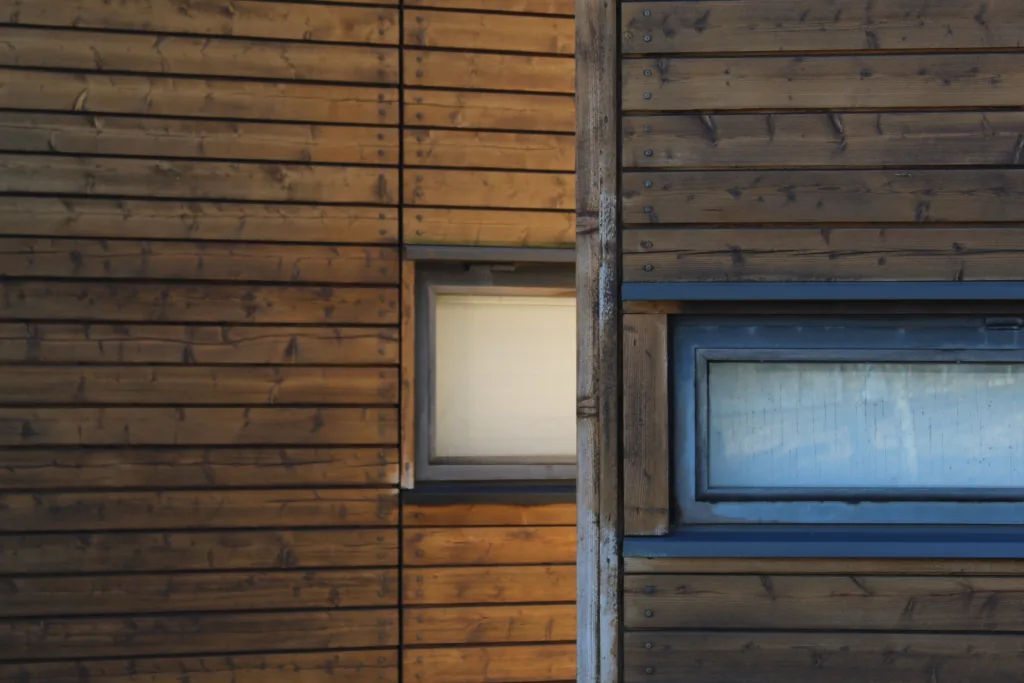Ocher is a versatile, earthy-colored pigment that has been used since ancient times. It is composed of hydrated iron oxide and varies in color from pale yellow to deep red, brown, and violet. Ocher has been used for centuries by artists, craftsmen, and artisans to create beautiful works of art or add a subtle hue to everyday items.
In prehistoric times, ocher was used as a form of body decoration and symbolic expression. Ancient cave paintings from France and Spain were made with ocher pigments that were mixed with animal fat or clay. Red ochre was also believed to bring good luck in hunting and symbolize life and fertility in some cultures.
Today, ocher is still widely used as a pigment in paints, dyes, and cosmetics. It is also frequently seen in pottery glazes, stained glass work, frescoes, mosaics, jewelry-making, leather tanning processes, dyeing fabrics and paper products. Ocher is known for giving off a warm earthy tone that can range from light brownish-yellow to darker browns with red undertones. To get this hue in its purest form you must use authentic real pigments which contain iron oxide as the main ingredient.
Ocher has an incredible history but it continues to be an important part of artistic expression today. Whether you are using it for painting a landscape or dying fabric to make clothing; the possibilities are endless when it comes to adding this unique hue into your work!
The Color of Ocher
Ocher is a versatile earth tone that can range from pale yellow to deep red, brown and violet. It is made up of hydrated iron oxide, which gives it a unique hue that is often used in art and design projects. Ocher can be found in two forms: clayey and chalky. Clayey ocher has a soft, earthy tone with shades of yellow and orange, while chalky ocher is more muted and has hues of brown, red and violet. Ocher is an ideal color for creating subtle or dramatic effects in artwork, wheher it’s brushed on canvas or used as a pigment in paint and other materials.

Source: hyperallergic.com
The Difference Between Ochre and Ocher
The difference between ochre and ocher is simply a matter of spelling. Both words refer to the same thing – a natural earth pigment composed of iron oxide, which has been used in many cultures for centuries as a dye, paint, and even makeup. Ochre is the British spelling, whie ocher is more common in American English. Ochre can range in color from yellow to red to brown, depending on its composition – and it was often used by ancient cultures for body painting and religious ceremonies. In modern times, it remains an important material for artists and craftspeople alike.
The Symbolism of the Color Ocher
The color ochre is an earthy yellow-orange pigment used for centuries in many cultures for a variety of purposes. It has long been seen as a symbol of life and fertility, with red ochre being particularly important in many rituals. In some cultures, the red ochre is said to represent the spilled blood of prey after a successful hunt, while oters believe it is meant to bring luck in hunting. Ochre also has significance in some spiritual practices, being used to represent the joining of physical and spiritual realms. Other uses include its application to cave walls as ancient artwork or ceremonial markings. It is clear that ocher has served many different purposes throughout history, with each culture giving it its own unique symbolic meaning.
What Is the Appearance of Ocher Color?
Ocher is a warm earthy color that ranges from light yellowish-brown to dark brown. It has an orange, red, golden or purple tint depending on the type and amount of iron oxide present in it. When used as a pigment, ocher can be found in a variety of shades, from pale yellow to deep orange. It is also known for its ability to blend with other colors and create subtle yet unique hues. Ocher is often used in interior design and fashion to create warm and inviting spaces.
The Color of Ocher: Yellow or Orange?
Ocher or ochre is a natural earth pigment that ranges in colour from yellow to deep orange or brown. It is a mixture of ferric oxide and varying amounts of clay and sand. The hue of ocher can range from pale yellow to deep orange, depending on the amount of ferric oxide present.

Similar Colors to Ochre
Ochre is similar to other earthy tones such as mustard, brown, and avocado green. It is a warm color that has been around since the 1970s and can be seen as an in-your-face yellow. It has a retro feel to it and works well in both modern and traditional settings.
How to Decorate with Ochre
Ochre pairs beautifully with a variety of colors, but some of the most popular choices are light grey, dark grey, and shades of blue. Light grey will really bring out the vibrancy of ochre, while darker greys will offer a more subdued and sophisticated look. If you’re looking for something a bit more dramatic, shades of blue are an excellent choice to pair with ochre – ranging from deep navy to sky blue, they’ll create a striking contrast that will really bring out the color.
The Color of Ochre: Yellow or Gold?
Ochre is a distinctively yellow to golden-yellow hue from the ochre family. The colour can range from a light yellow, to a red, brown, and even a purple ochre. It has been used to make pigments since prehistoric times and was widely used in cave paintings and early artworks. The name ‘ochre’ originates from the Greek meaning ‘pale yellow’, but this colour is far from pale! Depending on its exact shade, it can be seen as either a yellow or gold hue.
Where is Ocher Found?
Ochre is a natural iron oxide pigment which can be found in a variety of geological settings around the world. It is commonly found in sedimentary rocks such as limestones, sandstones, and shales, especially in areas with high levels of iron content. Ochre is also often found in soils and alluvial deposits, particularly tose that have been formed by the weathering of rocks containing iron oxides. In addition, it can also be found in caves and other underground locations where iron minerals have pooled and formed. Ochre has been used for centuries for its pigment properties, with some of the oldest known examples being prehistoric cave art featuring ocher pigments.

The Use of Ochre by Aboriginals
Aboriginal people have been using ochre pigment to paint for thousands of years. Ochre is a natural pigment made from clay, iron oxide and other minerals found in the soil. It is a versatile pigment that can be used to create vibrant colours and was traditionally used by Indigenous Australians for artwork, ceremonies and decoration.
Ochre has a powerful spiritual significance in Aboriginal culture. The use of ochre dates back to ancient times when Aboriginal Dreamtime stories were passed down orally. By using ochre to paint these stories, the knowledge was retained and could be shared with future generations. It also acted as a form of storytelling within the community, telling important tales about local customs and beliefs.
In addition to its spiritual significance, ochre is also used as a form of communication between different Aboriginal groups. By painting maps with ochre, Aboriginal people were able to share information about their land, customs and celebrated sites with each other. This allowed them to travel safely thoughout their country while also preserving their cultural identity.
Overall, ochre is an integral part of Aboriginal culture as it serves both spiritual and practical purposes. It has been used for centuries as a way to tell stories, communicate between groups and express spiritual beliefs.
The Significance of Ochre to Aboriginal People
Ochre has been an important part of Aboriginal culture for thousands of years. It is believed to represent the life force of the land and symbolize the connection between humans and nature. Ochre is used for ceremonial purposes, including marking out areas for special rituals, healing ceremonies, and ritual decoration. In addition, ochre is often used in body painting as a way to express culture and identity. As such, it is a powerful symbol of Aboriginal cultural heritage and connection with the land. Ochre also has significant spiritual meaning; each colour carries its own symbolism with certin colours representing life-giving energy while others are seen as protective or cleansing. Furthermore, ochre can be used to communicate cultural stories and transmit knowledge across generations.
The Sacredness of Ochre
Yes, ochre is a very sacred resource to Indigenous people. It has been used for thousands of years as a fundamental part of Aboriginal life and culture. Ochre is a natural pigment composed of iron oxide and clay, which is found in the soil of many regions throghout the world. The ochre that can be seen in many productions today is often highly pure and potent, as it must be carefully collected from specific sites in order to maintain its sacred significance. In Indigenous cultures, ochre is often used for ceremonial purposes such as art making, body decoration, and as an offering to the land or gods. It also has a multitude of practical uses such as medicine, dyeing fabrics and leather goods, preserving food, and creating tools like spears and shields. Ochre’s spiritual significance lies in its ability to connect people with their ancestors, land, culture and spirituality.
The Warmth of Ochre
Ochre is a warm color with a golden undertone. It is made from raw iron oxide and is not heated to the same extent as other colors, so it has a deep yellow/brown hue. Its warmth makes it an ideal choice for creating warm and inviting spaces.

Does Ochre and Teal Make a Harmonious Color Combination?
Yes, ochre and teal make for a beautiful color combination. Teal is a rich blue-green hue that is particularly striking when paired with the warm yellow-brown of ochre. Together, these colors create an eye-catching palette that can be used to create interesting and unique spaces. For a sophisticated look, incorporate velvet upholstery or furniture in teal with accents of ochre and mustard yellow. For a more relaxed feel, use linen fabrics in the same colors. The contrast between the two hues provides depth and dimension to any space.
Styling Outfits with Ocher
When it comes to wearing ocher, the possibilities are endless! You can pair ocher with a variety of colors, such as black, dark blue, dark green, grey, white and even red. For a classic winter look, you cold wear an ocher top with a dark velvet skirt. Or if you’re looking for something more casual, try pairing your ocher shirt with some distressed jeans and brown boots for a timeless outfit. You can also get creative by layering different colored pieces together – for example, pair an ocher sweater with a navy midi dress for a unique and eye-catching look. With so many options available, there are plenty of ways to wear ocher in style!
Conclusion
In conclusion, ochre is a versatile and meaningful mineral oxide of iron that has been used for centuries as a pigment. Its various shades range from light brownish-yellow to darker brown and can even have red, golden, or purplish undertones. Ochre is often associated with life and fertility in some cultures, while in othes it may represent the spilled blood of prey after a successful hunt. Beyond its symbolic use, ochre is an authentic and real pigment whose color comes from the presence of iron oxide. It has remained popular throughout history and continues to be used in many applications today due to its unique characteristics.
